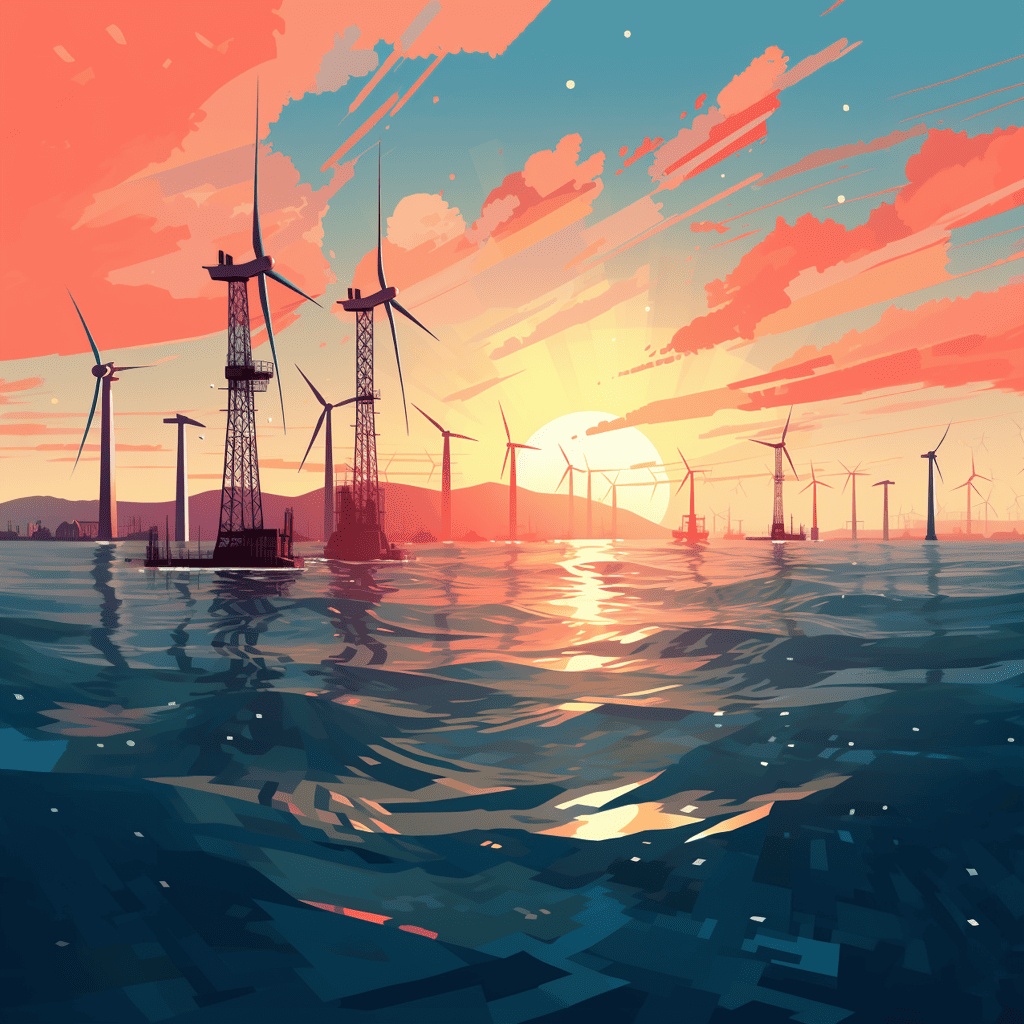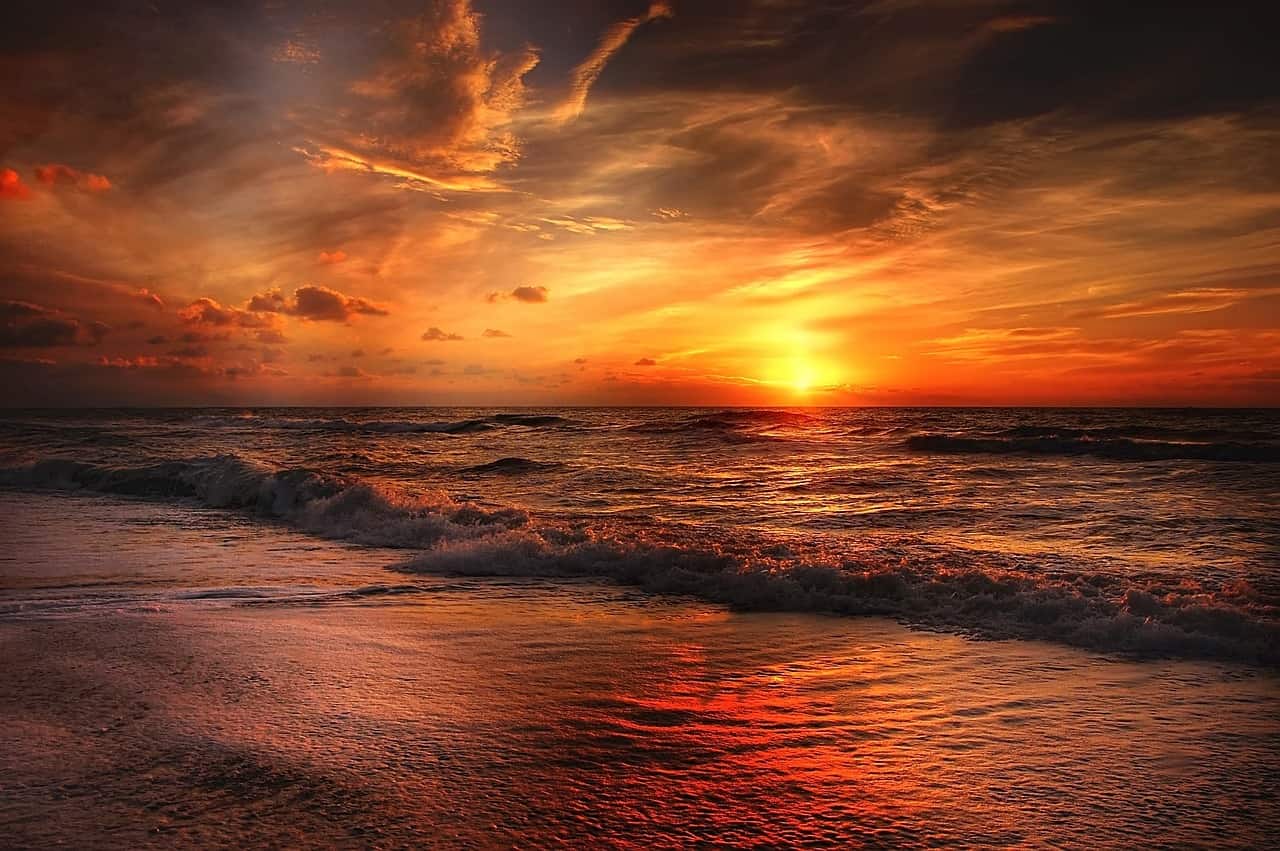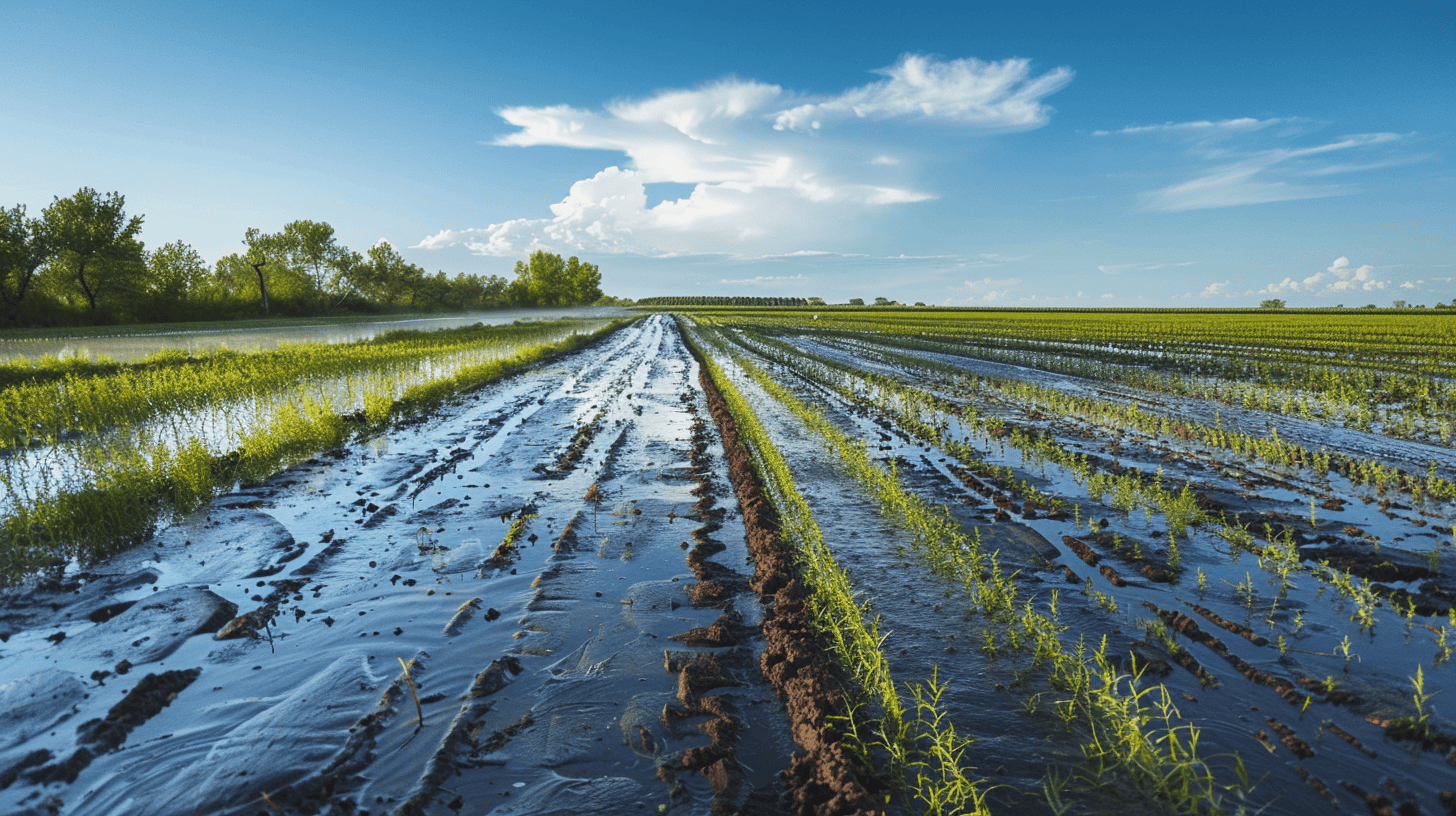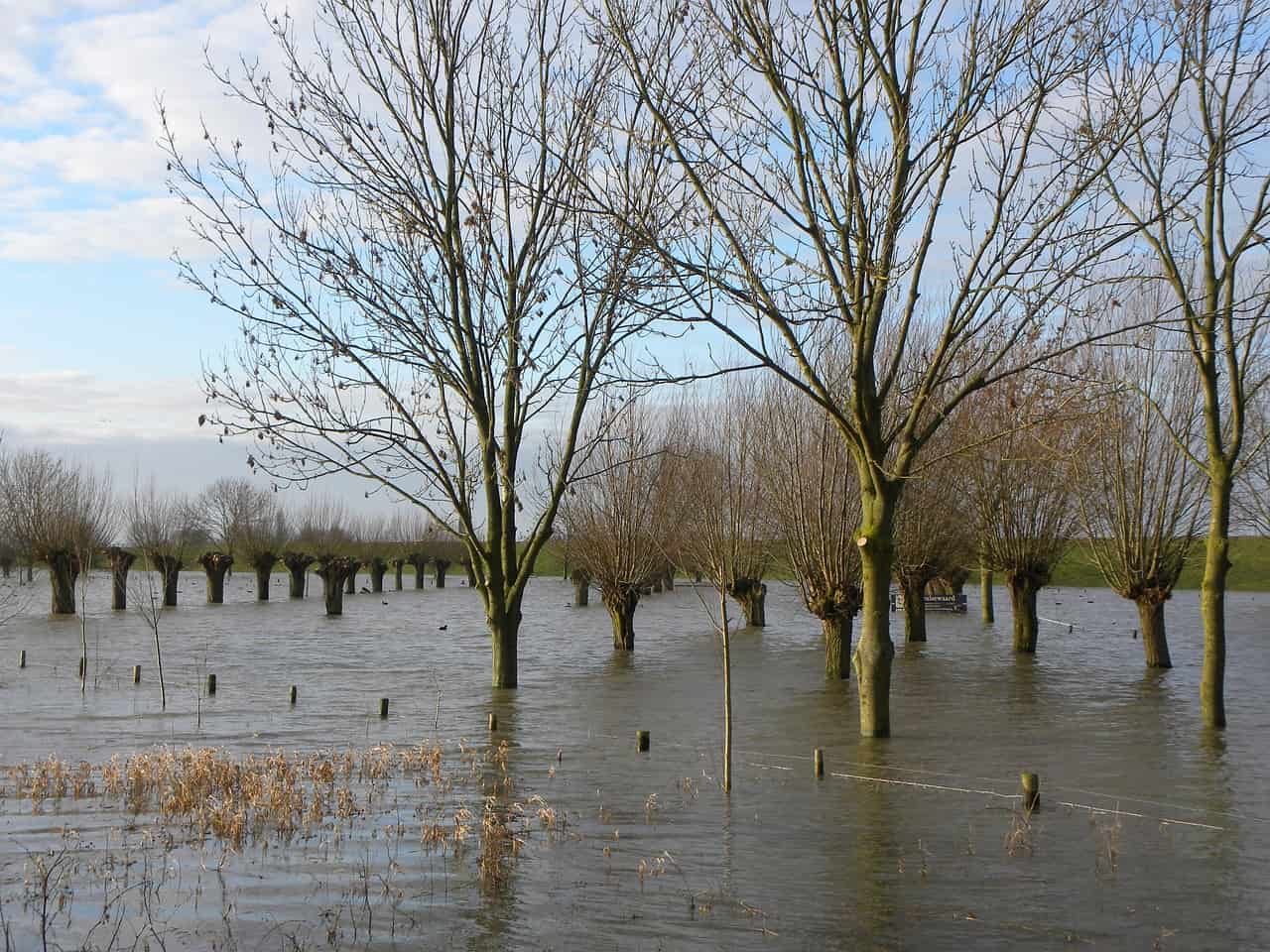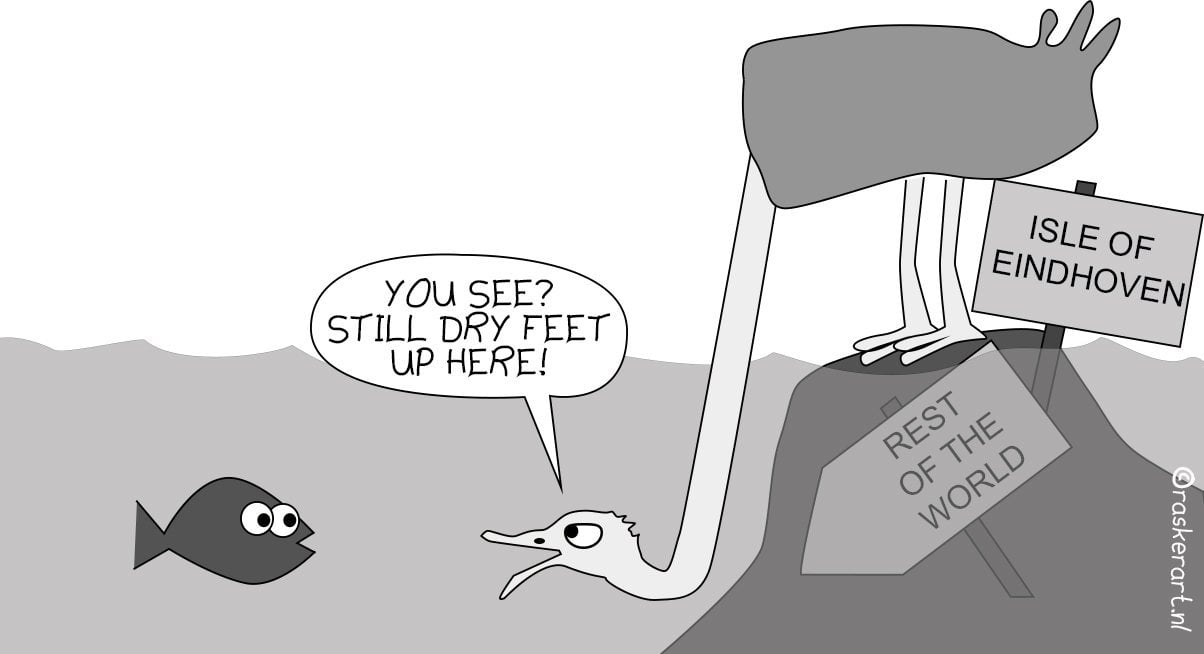
Soaking wet feet through flooded streets. We are increasingly faced with heavy rains or periods of drought as a result of climate change. The municipality of Eindhoven is taking all kinds of measures to mitigate flooding. Last week’s best-read article featured a measurement tool developed by the municipality to figure out how much water building constructors need to divert from new buildings in order to reduce the risk of flooding. The municipality of Eindhoven is also addressing problem areas with new water storage systems aimed at reducing the disruption caused by heavy downpours.
Great, all these measures, but they won’t help you if The Netherlands floods. There is the idea among some sea-level experts that unstable ice sheets cause the sea level to rise faster than is presently thought to be the case. But according to Bas Jonk, professor of hydraulic engineering at Delft University of Technology, at the moment we will be able to technically cope with a rise in sea level of 1 to 2 meters. “It is expected that the water will rise by 20 to 30 centimeters by 2050. This is not a problem right now. We could raise dikes and replace storm surge barriers as the water rises.”
According to the professor, the Netherlands has things pretty much under control when it comes to flood protection: “Many flood barriers have been designed with an increase of 1 meter in mind. Every year, the government invests around 1 billion euros in flood protection. Which is something we can maintain and that’s a good thing. Compare it with other countries – there are plenty of areas in the United States that are not yet well-protected so they still have a long way to go. Thought is being given to constructing dikes or taking other measures over there now.”
Not acting is not an option
He gets that the Dutch are worried. However, there is no need for panic. “60 % of The Netherlands is low-lying and vulnerable to flooding. This can have many consequences. So yes, that concern is justified. But you should put it in perspective. Between now and 2050, the sea level will rise by a maximum of 30 centimeters, only after that will it rise faster. The threshold of 2.5 to 5 meters will probably not be reached until the 22nd century. This means that we still have ample time to see what can be done technically. Nor would it be a bad idea at all to raise that budget by 2050 from 1 billion to 2, maybe even 3 billion euros a year.”
The Maeslandkering storm surge barrier near Rotterdam is designed to close about twice a year. If the sea level rises above 1 meter, this barrier would then have to close every day. This is far from ideal because ships will no longer be able to sail freely. And the Oosterscheldekering storm surge barrier will also have to close every week if the sea level rises that much. This in turn will have negative repercussions on the wildlife environs.
Dams, dikes and drainage
“That’s why it’s good to think about alternatives now. Start by figuring out and planning what is needed to replace these barriers. What happens to the area if you build a permanent dam? Perhaps a new flood barrier would be a better idea. This involves a lot of work and the implications are considerable. These are expensive projects that have an impact on the environment and the economy. Planning and all the procedures surrounding these projects take up a lot of time. This is where the biggest challenge lies for the time being,” Jonkman explains.
In Jonkman’s opinion, we are more likely to be affected by other climate factors, such as heavy rainfall and temperature hikes accompanied by drought. “Recently a report was published by Deltares (a Dutch research institute) on this and their conclusion is that rising sea levels have not accelerated. Even though we are already suffering from drier summers. e.g. rivers are becoming less navigable as a result of low levels. Drought is endangering constructions built on piles and dikes. And in cities there is heat stress to contend with. In some places, drainage of water after heavy rainfall is also a problem.”
Advancing innovation, also outside of The Netherlands
Not only the Netherlands suffers from heat stress, drought or heavy rains. This is why various partners from fifteen different countries within the European Union are working on local solutions to climate-related problems. Brigaid helps entrepreneurs and inventors to flesh out their ideas. Bas Jonkman is also busy with this on behalf of TU Delft. “Often you see that innovations are difficult to get off the ground. Not much is put into practice. We want to support innovators in advancing their innovations through this project,” the professor explains.
The EU project runs until April 2020 and so far, Jonkman has already seen solutions from twenty different European countries. From a smart green roof in Antwerp that retains water during heavy rainfall and releases it during drought, to solutions for water basins in Spain where the water evaporates at high temperatures. “In Romania there is a test facility where you can test a smarter alternative to sandbags. And you are able to simulate all kinds of situations with temporary flood barriers here in Delft.”
“Furthermore, project participants receive advice with regard to the technical side and help with building a business case. Another objective is to boost education and research. Students who are doing an internship or are in the process of graduating are able to participate in various projects. You bring each other further this way.”




